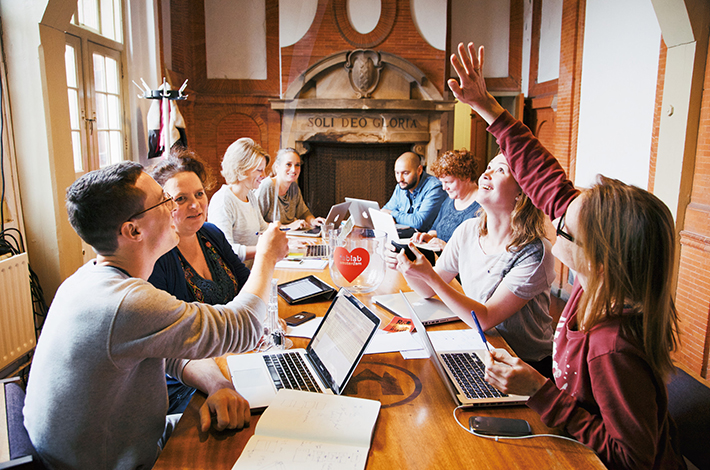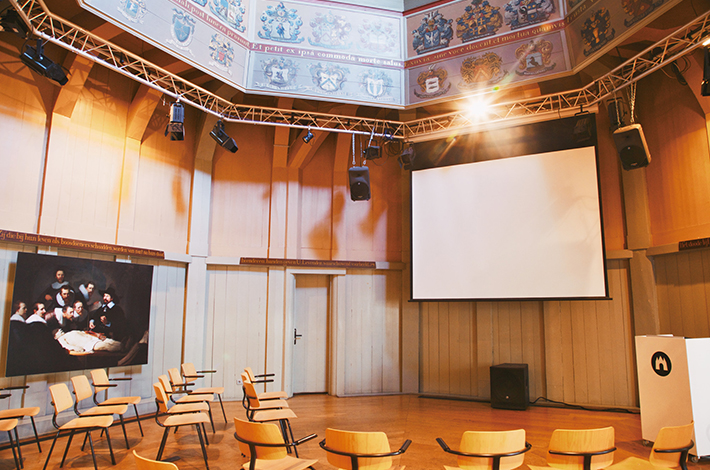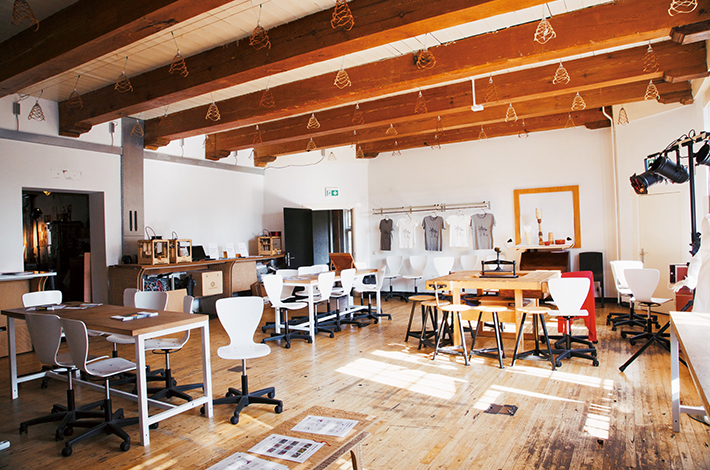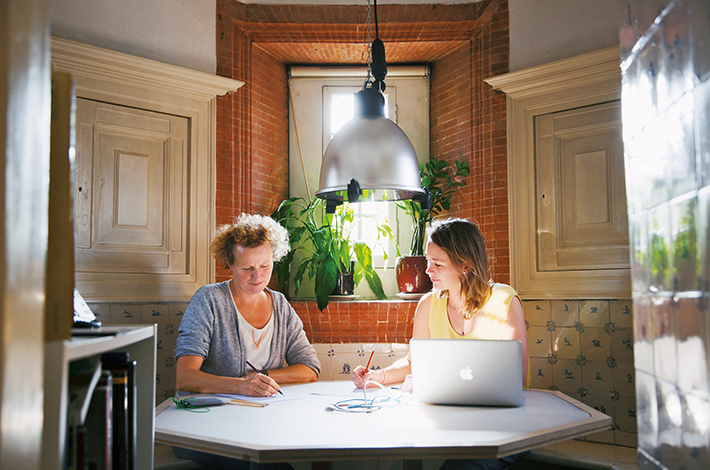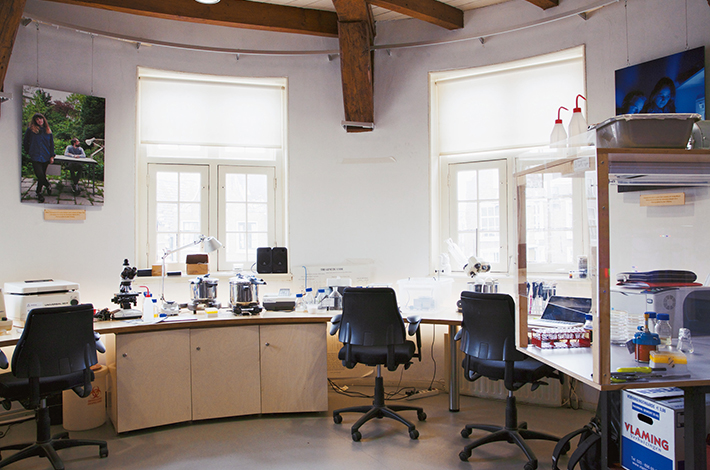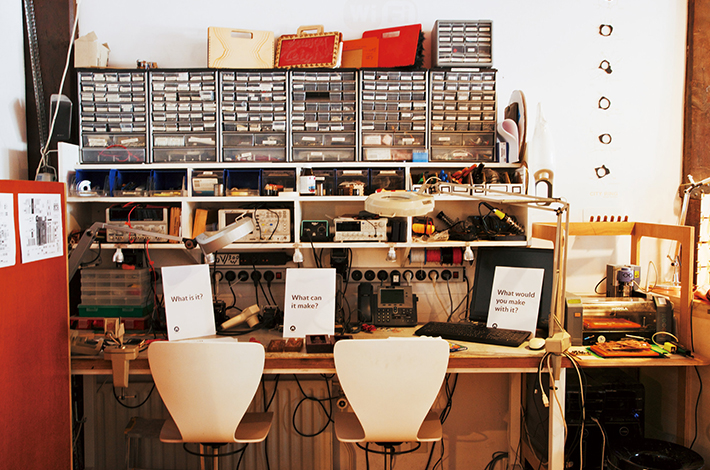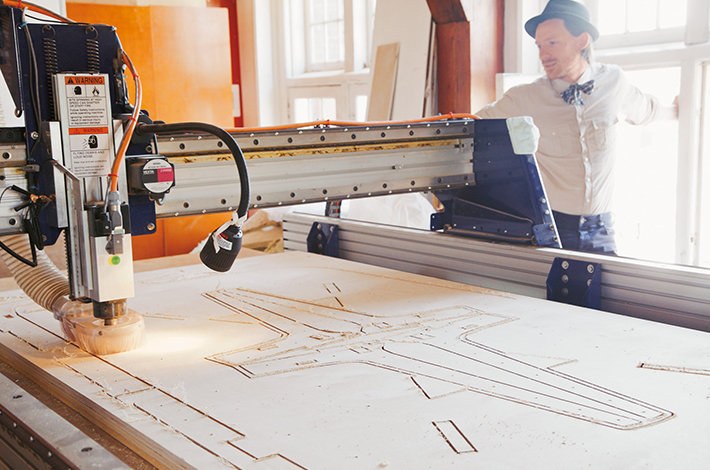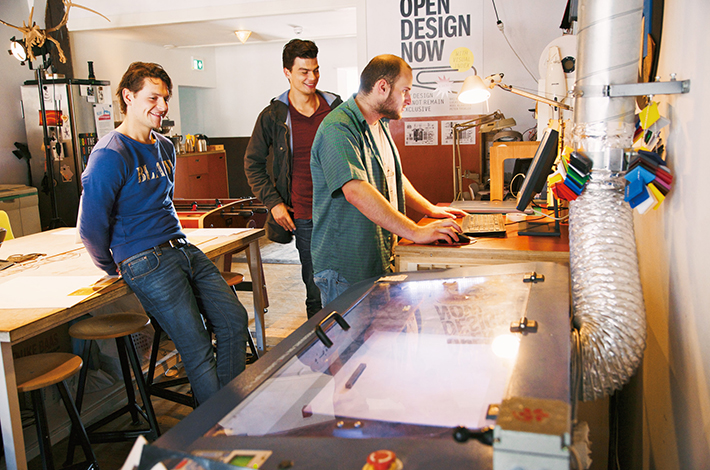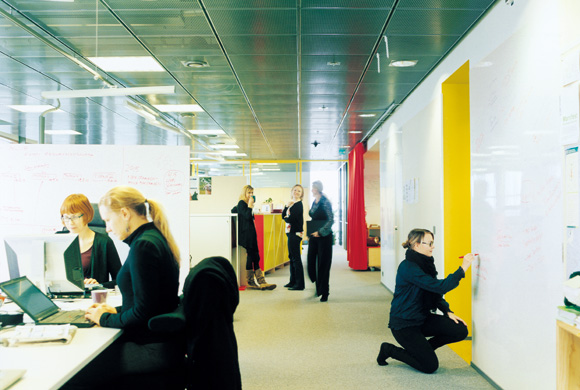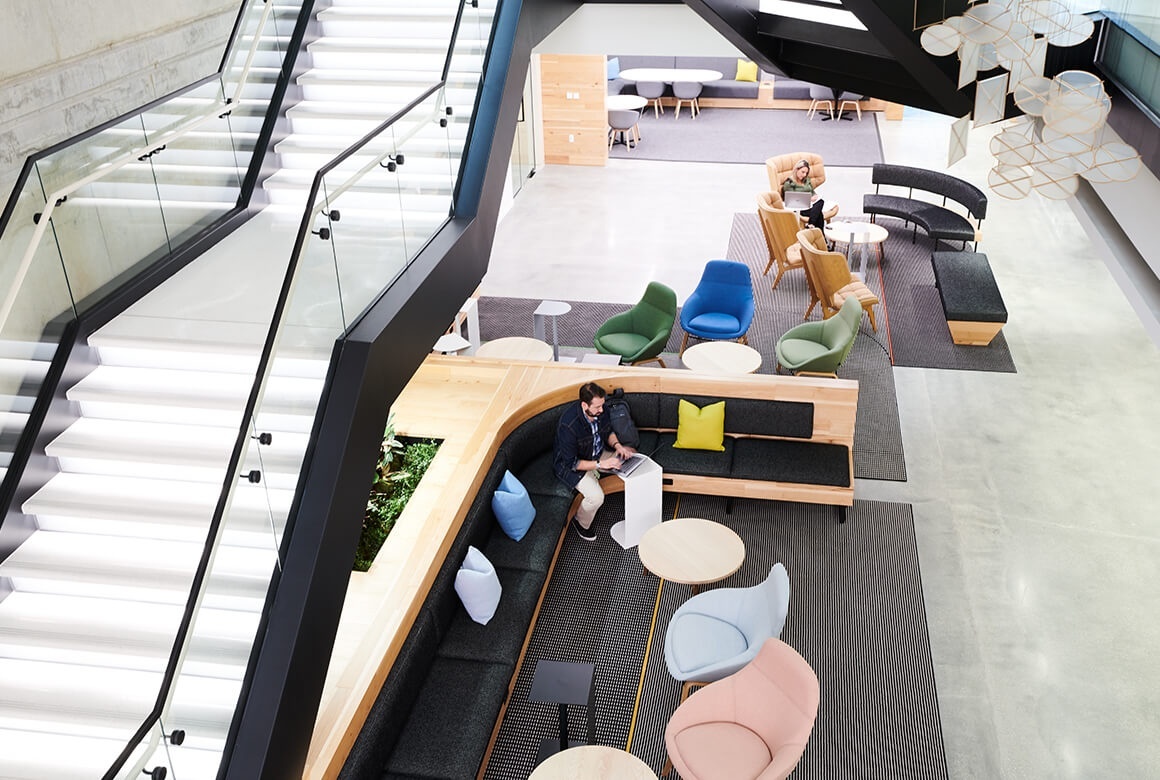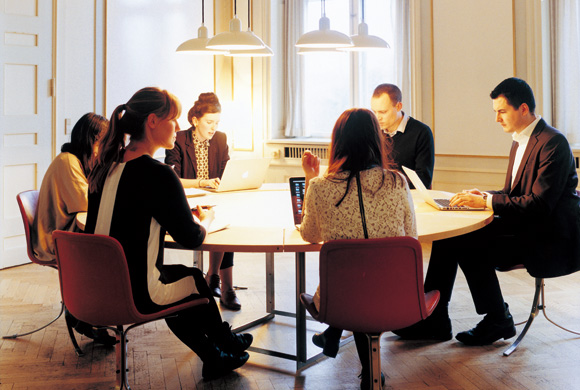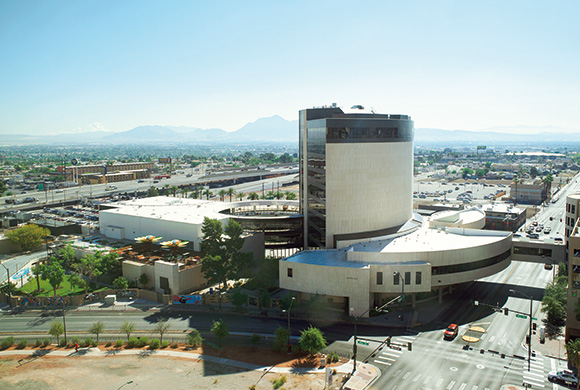Workplace
May. 27, 2019
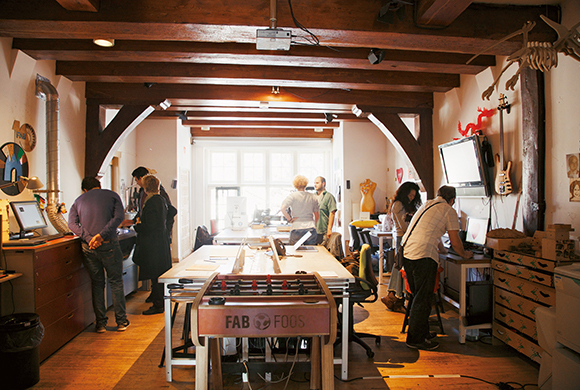
Democratizing technology and
supporting individual creative ability
The social innovation hub
[Waag Society] Amsterdam, Netherlands
‘Waag’ is Dutch for ‘weigh house’, a public building at or within which goods, and the like, were weighed. The rooms once used by the city’s guilds remain to this day. What was the masons’ guildhall is now used as a meeting room. The surgeons’ guild was on the same floor. Once upon a time, they carried out experimental autopsies on the corpses of criminals at the top floor. On the wall hangs Rembrandt’s “The Anatomy Lesson of Dr. Nicolaes Tulp,” set in this very spot.
Currently, the building is used by Waag Society. This non-profit organisation uses the building as a hub for connecting citizens with cutting edge technology and creating social innovation. An attempt to democratize technology, one could say.
The day we visited was an open day, and the place was full of people visiting the FabLab on the first floor. FabLab is a space for people to try their hand at making things. The lab is equipped with a variety of tools, including a vinyl cutter, a laser cutter, and 3D printers. All are state-of-the-art, as recommended by MIT.
FabLab is now a worldwide movement, but “we want to incorporate our users’ opinions and give this place a distinct Waag Society feel,” says Karen van der Moolen of Open Design Lab. In a mutually beneficial relationship, users donate artworks and furniture that they have made in return for being able to use the space for free. In fact, most of the furniture and interior decoration at Waag Society was made in FabLab.
When we visited, we got to see a furniture designer at work. He was working on a business idea that involved constructing custom made furniture based on 3D drawings. A Japanese lady brought her daughter along. She told us she lived nearby and that her daughter loved science. “Today we made stickers!”
The lab was strewn with product prototypes; a glance at the wall revealed an artificial leg. Apparently one research team is developing an artificial leg to be used in places like Indonesia. Rather than metal, they are experimenting with materials that are easy to come by locally, like bamboo and pineapple and banana fibres.
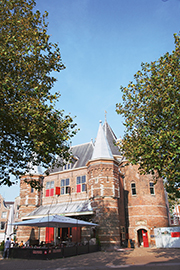
Originally built as a weigh house, and having been used for a while as a museum, the building was renovated around 20 years ago.
Established: 1994
Employees: 42
https://www.waag.org
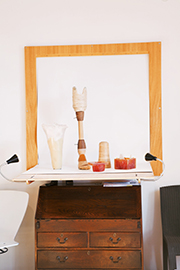
This artificial leg is displayed on the wall. FabLab is currently working on developing an affordable, adjustable artificial leg that will be made available locally in places like Indonesia.
Waag Society also runs a public participation programme. There are six research programmes, including Creative Care Lab for innovation in health care, and Creative Learning Lab which develops programmes to teach children about technology. However, the programme which uses this building the most is Open Design Lab, because a lot of what it does involves working with materials and it has is close ties with FabLab. Karien Vermulen tells us about Open Design Lab’s current project.
“The big energy companies, the Ministry of Finance, and Waag Society are working together on smart metres. These continuously upload data on household energy consumption, and Europe is moving towards making them compulsory. But people don’t understand how they work. Here, people get to take them apart, look inside, and think about the data and how it’s used. It all started when an energy company approached Waag Society for advice.”
A lot of the projects undertaken by the six labs start, like this one, with proposals from third parties. Some projects involve Waag Society as a whole, but if the nature of the project is clear-cut, it will be split between the relevant labs.
Lab members come from a wide range of backgrounds including media research, intercultural communication, psychology, architecture, film, engineering and industrial design. Everyone belongs to one of the labs, but it’s not unusual for them to be called on to help out other labs with their knowledge and skills, or for different labs to work together.
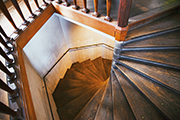
In the Age of Discovery, the ground floor was a weigh house, while the first floor housed the guilds. As much as possible of the original exterior and interior has been retained.
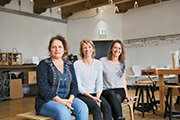
Marleen Stikker
Director
Karien Vermeulen
Creative Learning Lab
Karen van der Moolen
Open Design Lab
Since Waag Society’s mission is social innovation, projects extend beyond the walls of this building. It’s usual for universities, media partners, and experts, as well as the users who will directly benefit from the technology to be involved. Quite often members of the public will bring their own ideas along to open days. Once a year, external third parties are involved in reviewing the research agenda of each of the labs. It’s an opportunity to thoroughly scrutinise whether those agendas are of value to society.
Waag Society started in 1994. The foundation was set up as a place for all citizens, including artists, to have a chance to use the internet. Over the years it has taken on new technologies including in health care, fabrication, biotechnology, and neurotechnology. Its primary mission is to help disseminate these cutting edge technologies and help them take hold among ordinary people. That’s not to say, though, that Waag Society hasn’t also succeeded at coming up with products that make use of new technologies.
“We’ve set up start-ups with the aim of bringing the fruits of the labs’ research to market. Waag Society spin-offs: One of them is Fairphone, a social enterprise. As a foundation, we can’t be directly involved, so they’ve set themselves up as an independent company,” says Director Marleen Stikker.
20% of funding comes from the creative industries fund, the City of Amsterdam, and the Ministry of Culture. Another 50% comes from European programmes related to education and health care. The remainder is provided by corporations and other groups as joint research costs or as part of research agreements.
Despite this, Waag Society remains an independent foundation and is not affiliated to any university or to the government. All achievements are released into the public domain and shared, with the aim, naturally, of encouraging social innovation. Open research, open source… you name it, it’s open. Spin-offs can be created if necessary, but even these are required to be social enterprises. They may be market-driven, but they are not shareholder-driven. You could say that what drives them is social contribution.
There’s a chance that more labs may be added in future, but only if they contribute to society at large. Says Stikker, “The question is whether it will impact the future of society. Then there’s the sense of playfulness and passion of the people proposing the project, and Waag Society’s own philosophy of releasing technology into the public domain. We’ll take on any project as long as it meets these criteria.” By giving people access to technology, Waag Society is boosting the creativity of individuals in the Netherlands.
From WORKSIGHT 07(2015.4)
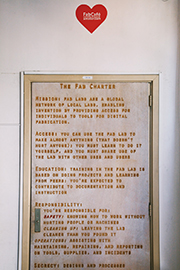
FabLab’s ‘Fab Charter’ sets out the organization’s mission.
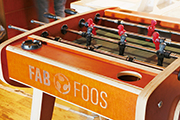
This board game created by a former FabLab intern as a graduation piece is now on display in FabLab.
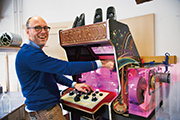
Open Wetlab is experimenting with the development of a new kind of paint using bacterial pigment instead of ink.


